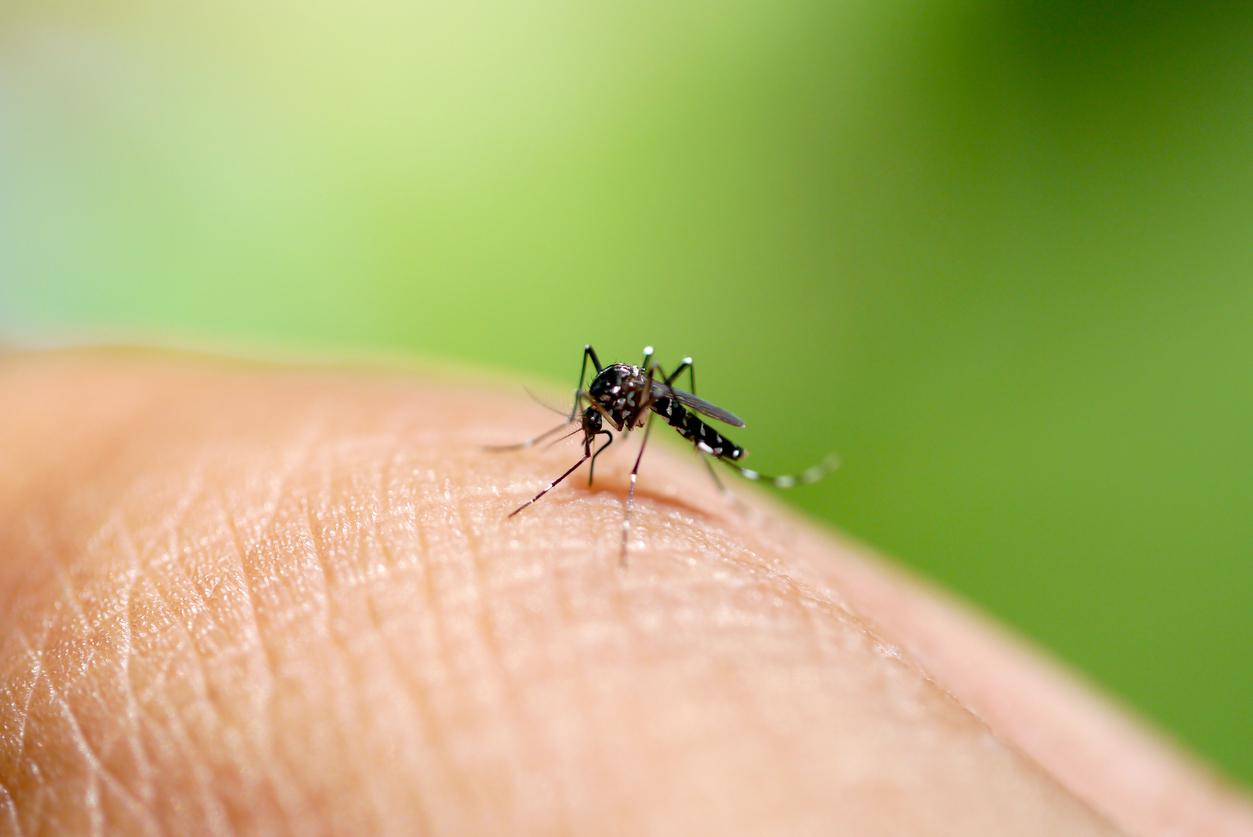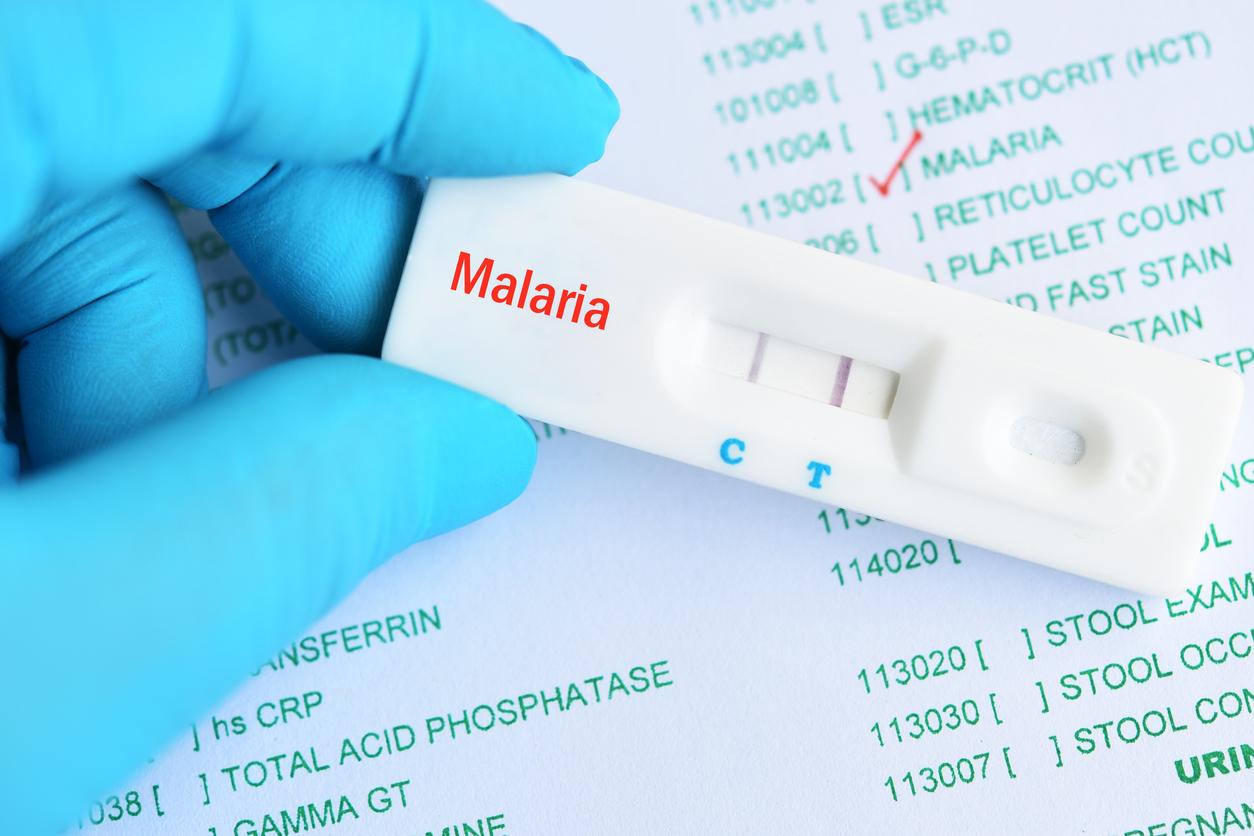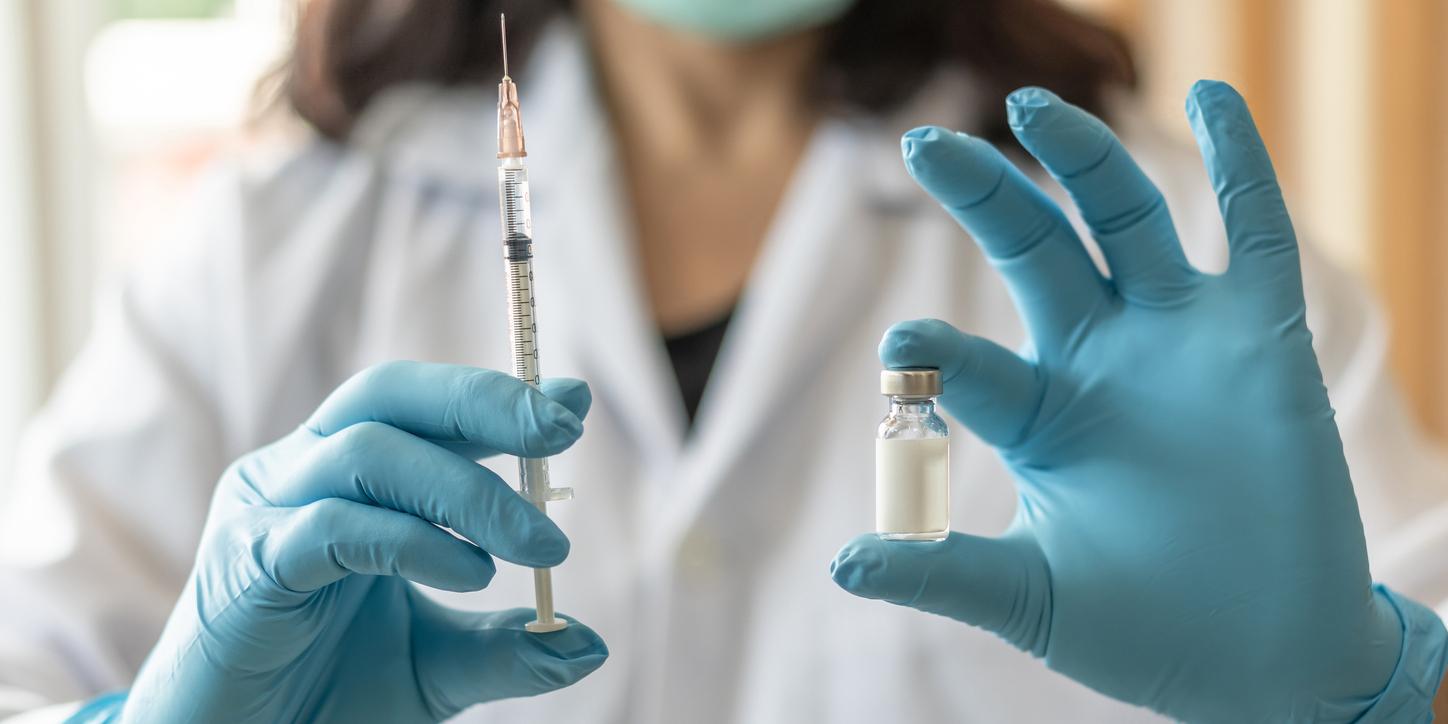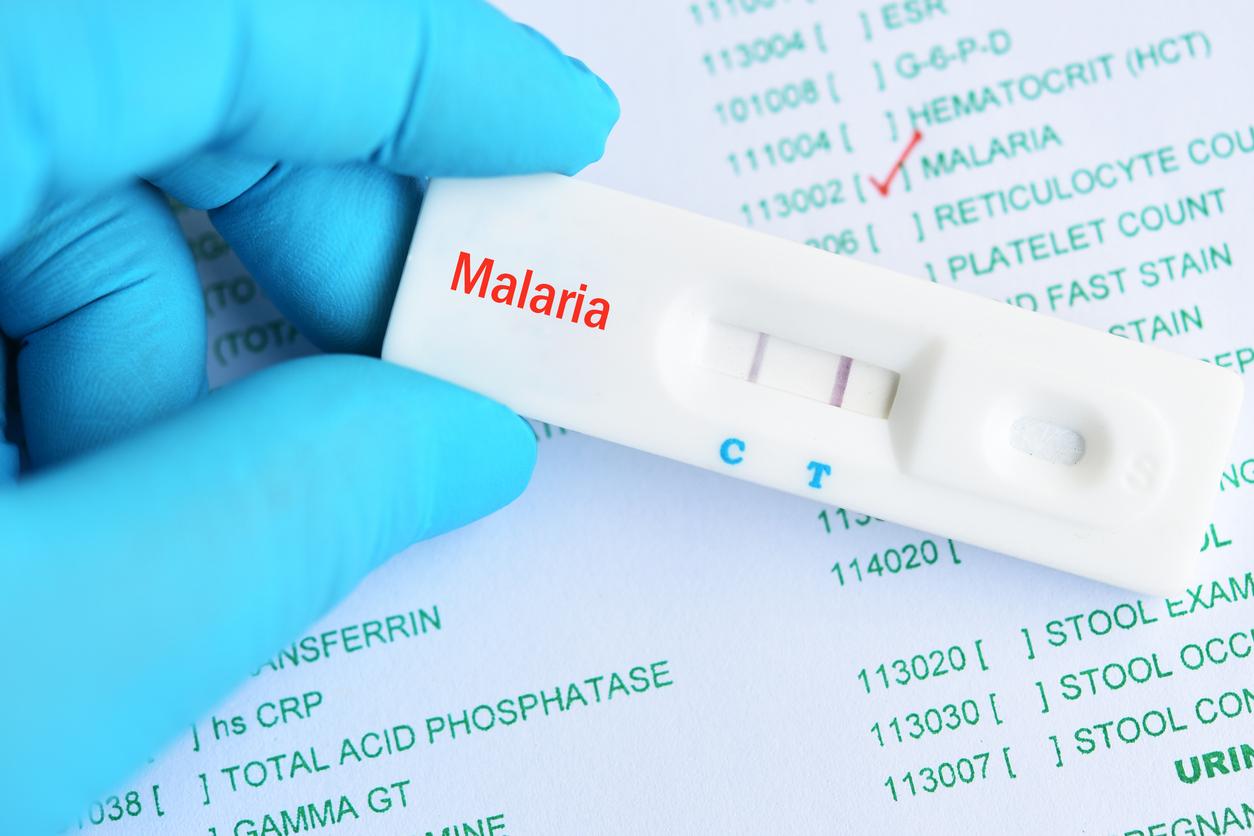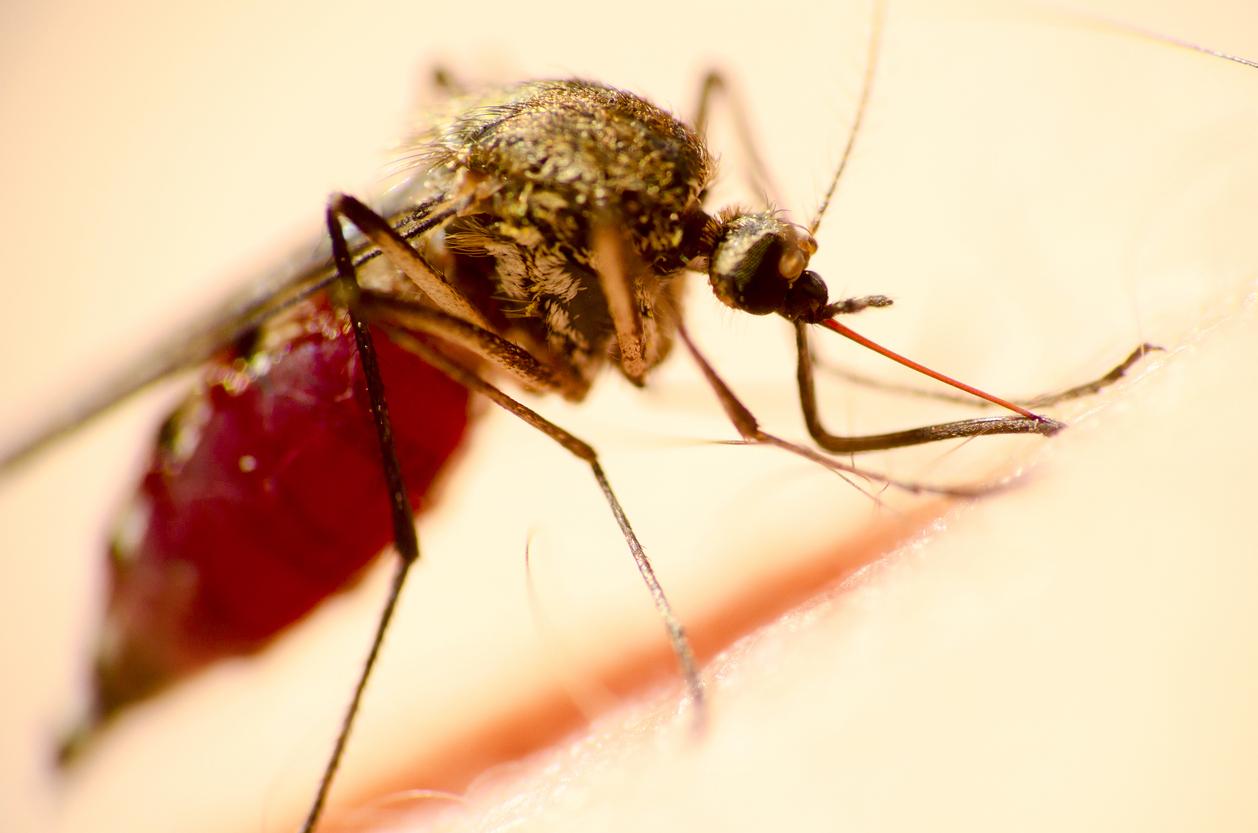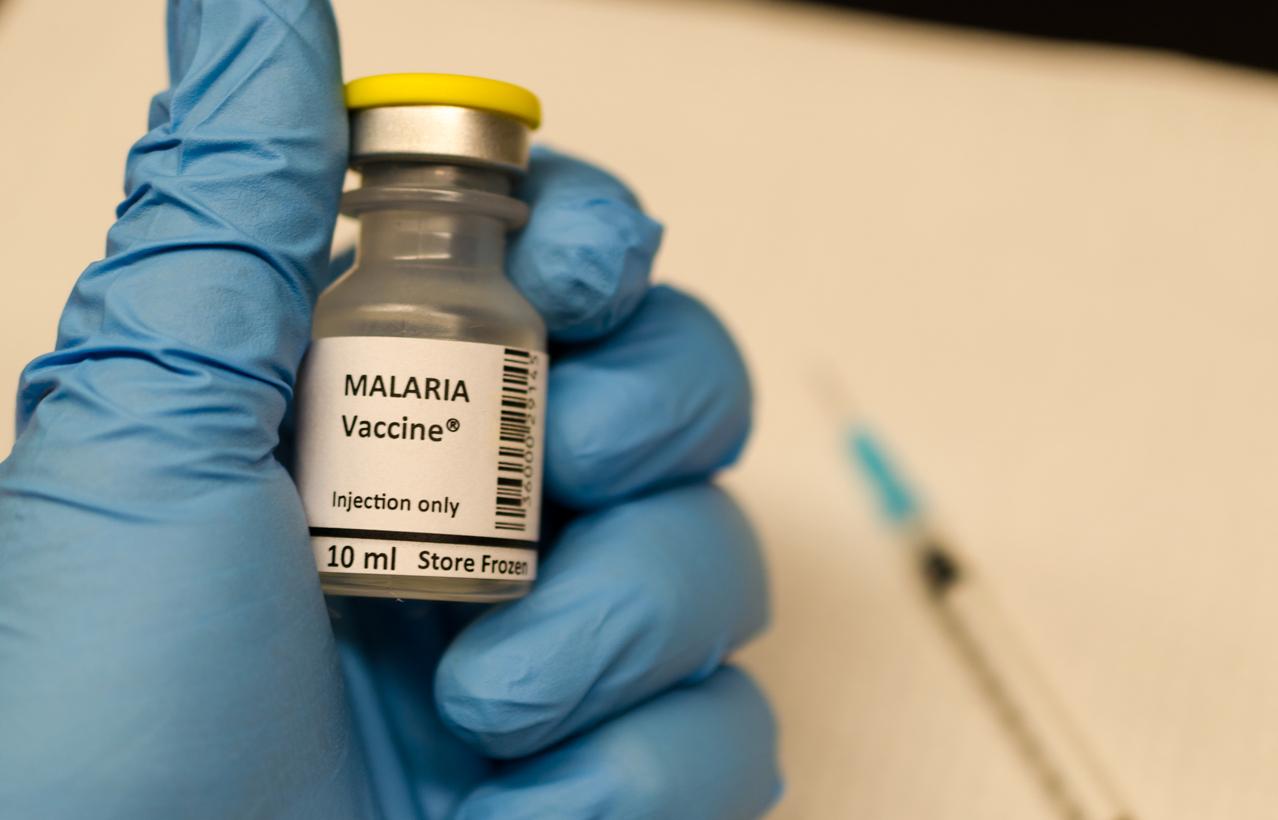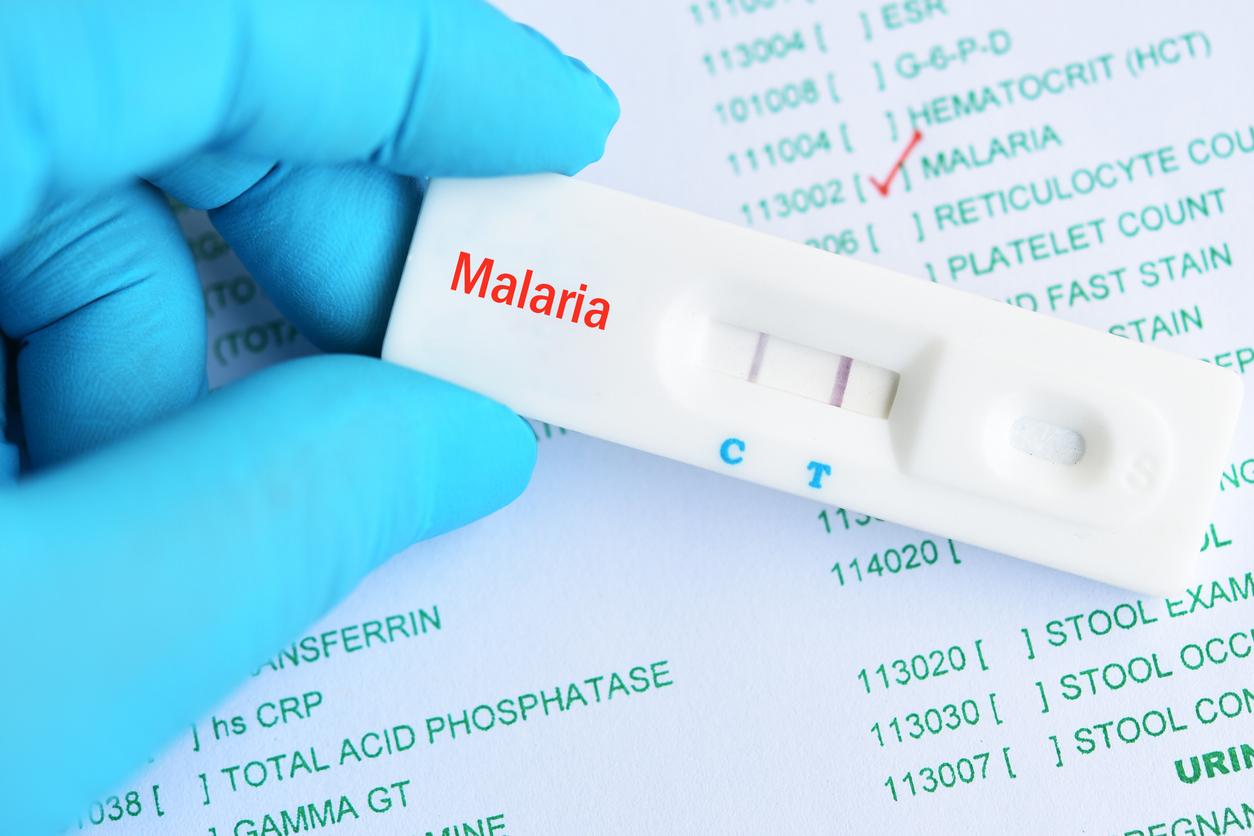A team of researchers coordinated by Pr Dominique Mazier from the National Institute of Health and Medical Research (Inserm) and Dr Georges Snounou, Director of Research at the National Center for Scientific Research (CNRS) succeeded in cultivating the dormant hepatic form of the malaria parasite, previously inaccessible to scientists. This allowed them to implement a new concept, the “wake and kill” to eliminate the sleeping cells of malaria.
Malaria is a potentially fatal parasitic disease transmitted by mosquitoes. It has the particularity of being able to remain “dormant” in the human body.
“After the bite of an infected mosquito, the parasite responsible for malaria reaches the liver where it multiplies. It spreads in the blood where its proliferation will cause a potentially fatal disease ”recalls Professor Dominique Mazier. “But, in some cases, a fraction of the liver parasites can remain ‘dormant’ for a year or more, hence their name hypnozoite. They then wake up over time and cause a blood infection, ”recalls the professor.
Today only primaquine and tafenoquine are able to eliminate hypnozoites. But they have side effects that are sometimes serious for the body. It is imperative to find other anti-hypnozoite molecules to replace them. Especially since “the hypnozoite represents, in the context of the control and elimination of malaria, a double difficulty, a greater number of cases to be treated and an increased transmission” explains Prof. Dominique Mazier.
Hope to understand the parasite
This therapeutic breakthrough will allow drugs to be tested in vitro for their anti-hypnozoite effect, and therefore to limit clinical trials on animals. And growing hypnozoites will also allow scientists to analyze and study this parasite.
For the researchers, “this new concept should allow the implementation of a new management strategy for this pathology which would consist in waking up the parasites in order to kill it. “
According to figures from the World Health Organization, half of the world’s populationwould be at risk of malaria. In 2010, approximately 216 million cases and 660,000 deaths were recorded.










